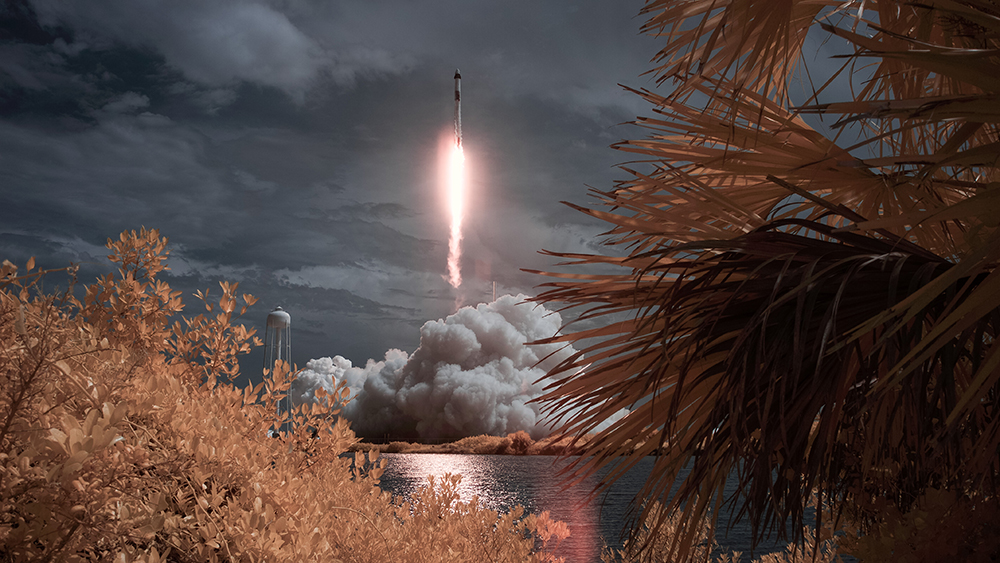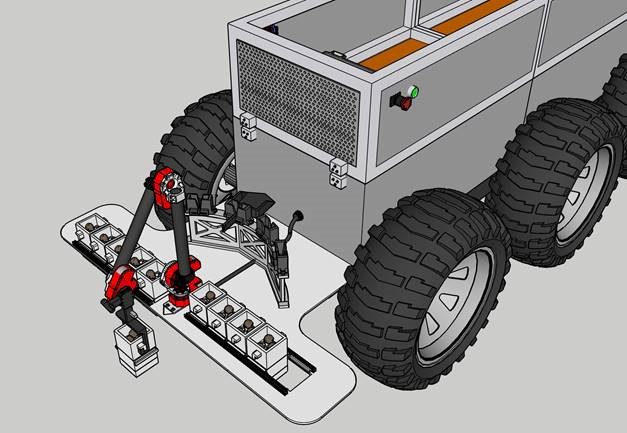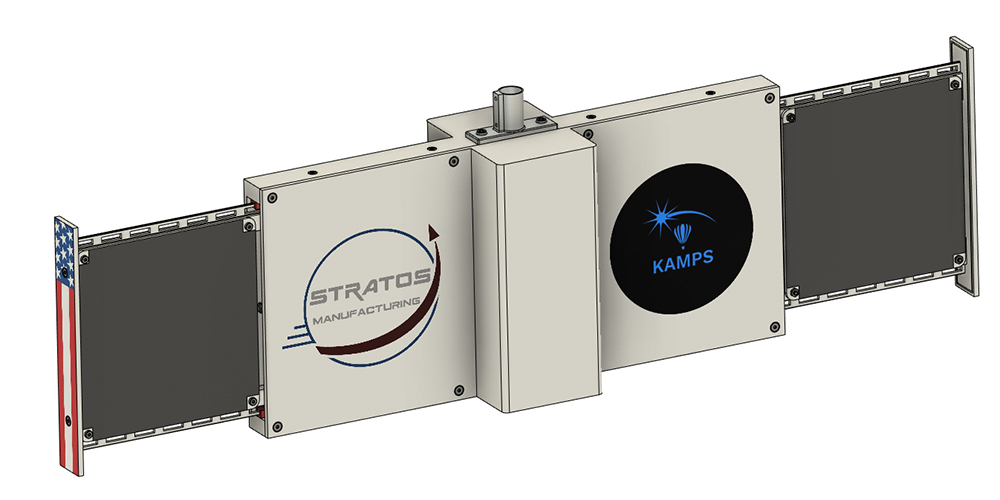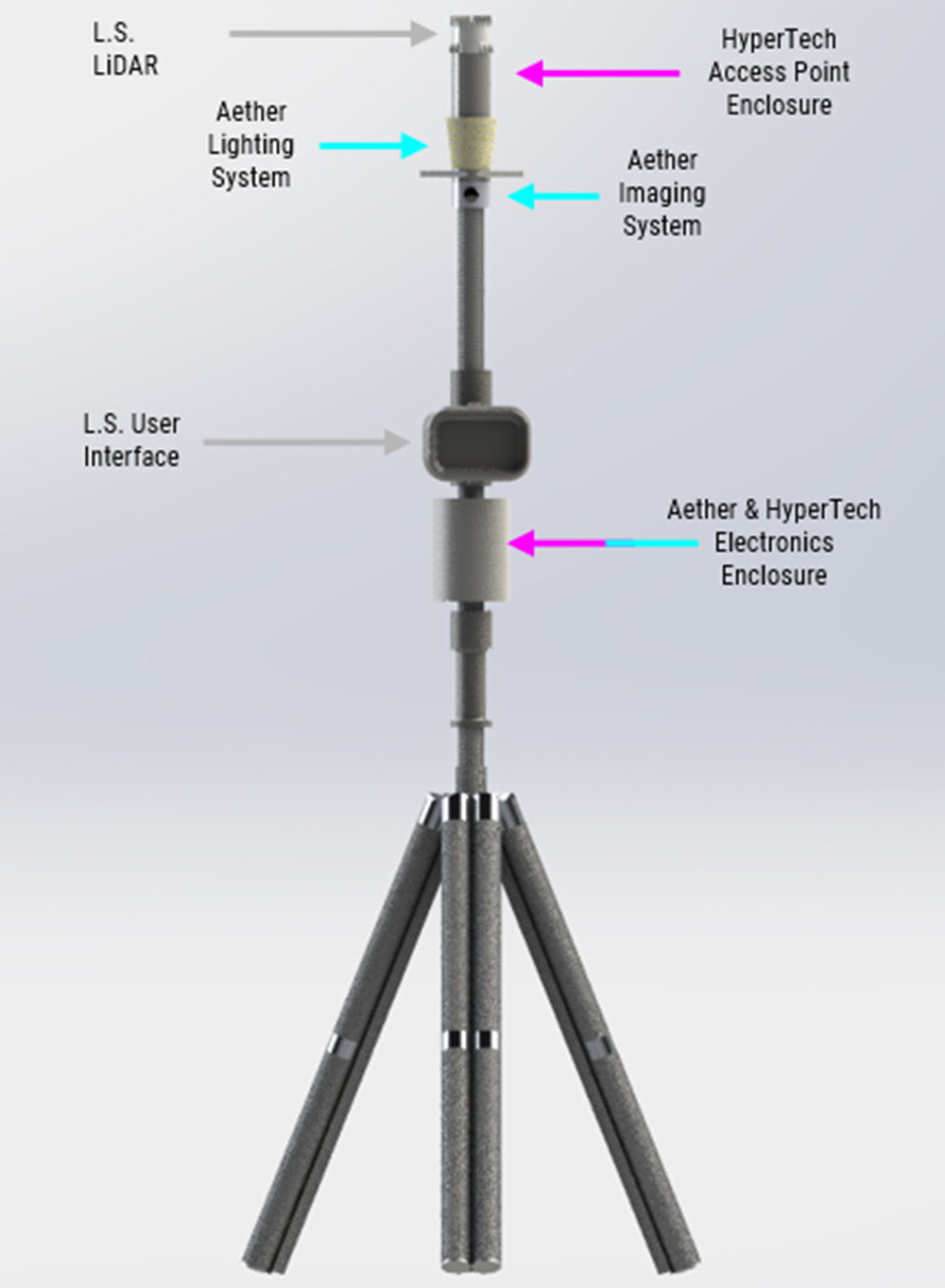
An Innovative Model
In the world of undergraduate capstone projects, there are a number of different models used to provide engineering students experiential learning opportunities that help prepare them for the start of their professional careers.
Within the Department of Engineering Technology and Industrial Distribution at Texas A&M University, the public-private-academic (PPA) model is continuing to add significant value to scientists and researchers at NASA’s Johnson Space Center through Texas Space Technology Applications and Research (T STAR), a tech startup company.
Over the past several years, this model has expanded from its original format to include multiple teams working collaboratively to develop integrated solutions, in competition to develop alternative solutions and across different disciplines to develop more robust solutions.
What is the PPA model? It was established and pioneered by Matt Leonard, president of T STAR, and professor emeritus Dr. Joseph Morgan. The model links a public sector entity that has technical problems, challenges and opportunities to a private sector entity that has project management, operations and long-term support capabilities to an academic entity that possesses the resources to design, develop, document and deliver working prototypes for evaluation and testing.
Beginning with relatively small projects for researchers within NASA’s Astromaterials Research and Exploration Science (ARES) division, the model has expanded to undergraduate capstone teams providing intelligent monitoring and control systems that have flown on the International Space Station to perform microgravity experiments.
Initially, based on the need for electronics-based solutions, the electronic systems program capstone teams were chosen to participate as the academic element of the model. However, as the need for other technical disciplines increased, the newly-formed mechatronics program students were included in the formation of the student development teams.
Recently, increased need for innovative mechanical systems resulted in the inclusion of manufacturing-mechanical program capstone teams to form industry-like multidisciplinary groups to meet the expanding lunar and planetary exploration needs of NASA scientists.
The PPA model is now supporting three long-term space exploration system development projects.

Mobile Analytic Laboratory Platform
A resurrection and expansion of a NASA-supplied six-wheeled vehicle that is being transformed into an astronaut trainer for Earth-bound control and operation as a remote lunar and planetary exploration capability.
Capstone teams have worked collaboratively to restore the vehicle to operational status and have developed and integrated multiple subsystems into the platform for both local and remote operation. These include power, motion, lighting, wireless network-based communication with simulated time delay for operation on the moon or Mars and a four-axis robotic arm for sample identification, collection, sorting and transport. Three capstone teams have participated in this project thus far to meet the vision of Lee Graham, NASA ARES scientist.

Cosmic Dust Collection System
The Cosmic Dust Collection System concept was developed as an innovative approach for a long-term, lower-cost cosmic dust collection capability by Dr. Marc Fries, Cosmic Dust Curator at the NASA Johnson Space Center. Fries oversees NASA's collection of asteroid and cometary dust, which is the official past, present and future repository for their returned materials.
“It has been a gratifying experience working with such capable and innovative young men and women on these projects,” said Fries. “I have been impressed with their ability to work collaboratively and competitively in solving a complex NASA need using the PPA model.”
Six electronic systems, mechatronics and manufacturing-mechanical teams are currently developing systems that will be flown as a payload on high-altitude balloon missions of up to 30 days while autonomously collecting specific-event dust particles over a selected seven- to 10-day period.

Gandalf Staff
As astronauts perform lunar and planetary exploration activities, Dr. Michael Evans and his research colleagues are developing a “swiss army knife”-type walking stick to assist them, not only in navigating the rough terrain, but to provide voice and data communications, collection of multifaceted sensor data, multiple work lighting configurations and power monitoring and distribution.
Communications will include both ultra-high frequency voice capabilities and wireless data communications and relay. Data collection includes 3D LiDAR, inertial measurement units and environmental information. LED-based lighting is being developed to support the general work area, spotlight and navigation, while the power subsystems regulate and track power consumption of all other subsystems. At present there are four capstone teams collaborating on subsystem development and integration.
Everyone in our group has been extremely pleased with the engineering design and development efforts of the three current multidisciplinary capstone teams.
A Model for the Future
With the expansion of the PPA model, multidisciplinary projects such as these are now possible. The reputation of the model over the past years and associated successes of the partnership have given NASA scientists the confidence to move from small, single-development efforts to much larger, long-term development activities covering multiple semesters, teams and disciplines.
The model has been proven to provide a highly motivating, real-world educational experience for undergraduate students to better prepare them as they graduate and move into entry-level employment.